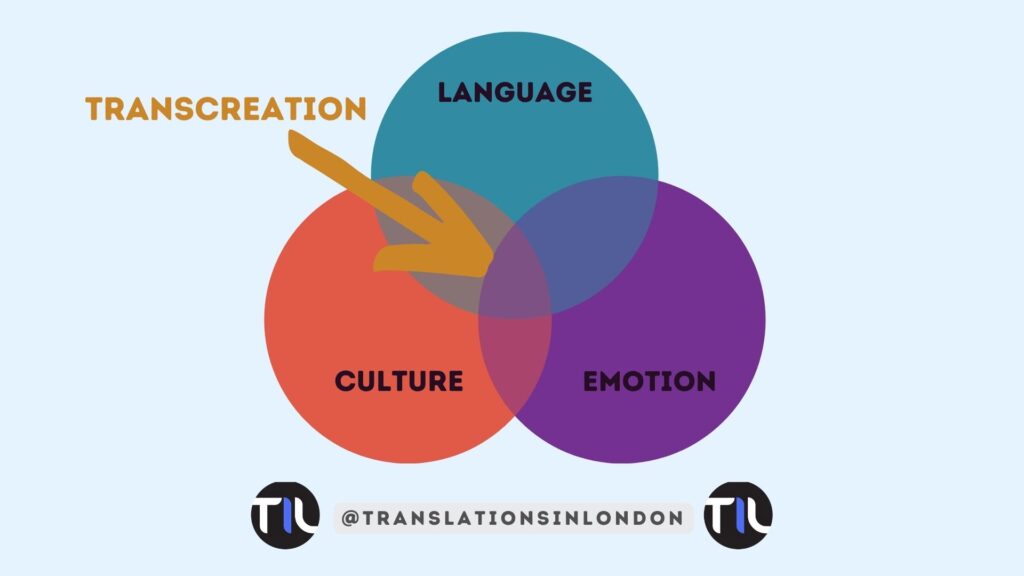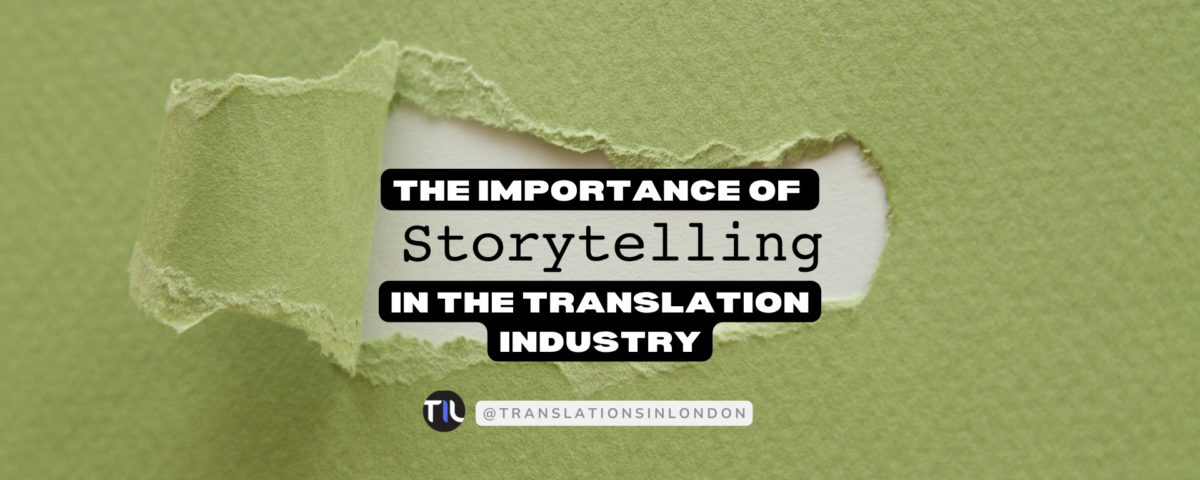The perception of storytelling solely as a mode of communication for children is a common misconception. In reality, its influence extends far beyond the realms of childhood tales, permeating diverse fields, ranging from economics and politics to the intricate world of translation.
Research reveals a consistent sentiment among translators—they feel their profession is frequently overshadowed and undervalued in comparison to other written vocations. This prevailing perception prompts a crucial consideration: the strategic use of narrative.
In combating the undervaluation, narrative emerges as a powerful tool. The use of a narrative can have a crucial role in order to raise consumers’ curiosity.
Undoubtedly, narrative stands as a formidable weapon in the arsenal of marketing and advertising strategies. Its potency lies in its ability to captivate the reader’s or listener’s attention far more effectively than a straightforward enumeration of services. Rather than a mere list of features and benefits, storytelling engages the audience, making the marketing message more memorable and impactful.

Stories can be much more interesting and engaging for different reasons:
Stories wield a unique power, offering a compelling alternative to the inundation of information that defines our daily lives. In a world saturated with details, from professional obligations to mundane bureaucratic tasks, individuals often seek refuge in the simplicity and charm of a well-told tale once the working day concludes.
Moreover, when it comes to presenting products or services, stories take precedence. Customers, rather than being swamped with a catalogue of potential advantages devoid of real-world context, prefer the relatability that stories provide. Real-world examples woven into narratives offer a tangible justification, resonating more profoundly than a mere list of perks.
Additionally, the emotional resonance of a well-crafted story holds considerable sway. In a society where attention is a precious commodity, the feelings evoked by a narrative can significantly influence the ultimate decision to make a purchase. This emotional connection becomes a linchpin in the customer’s journey, steering their choices towards a more meaningful and memorable engagement.
In order to write stories which can both entertain and fascinate the audience, storytellers should try to get to know their customers and understand what they like, what their main interests are and what grabs their attention. There are different methods of storytelling: writing blog articles on their web pages, posting on social networks (where more and more people can share in turn and spread the word) and also with videos or even just pictures.
The ultimate key to success lies in the realm of originality. In a world where change and innovation are welcomed, being original becomes the compass for success. Audiences, seeking fresh perspectives, are naturally drawn to narratives that break the mould, making originality the cornerstone for crafting stories that stand out and leave a lasting impression.
For what concerns the translation industry, besides being creative, the aim is also to convey the same message, express and arise the same feelings in different languages, which is even more challenging. However, this challenge presents a unique opportunity for translation professionals to showcase their skills and optimally promote themselves.
Especially in marketing translations, we firmly believe that a skilled translator should go beyond translation and engage in “transcreation.” This nuanced approach involves not just translating words but recreating the essence, ensuring that the marketing message resonates as powerfully in the target language as it does in the original. This dynamic skill not only highlights the translator’s proficiency but also underscores their ability to adapt and convey the nuances of the message across linguistic boundaries.

Check out our blog posts on transcreation:
Let us know your thoughts!

